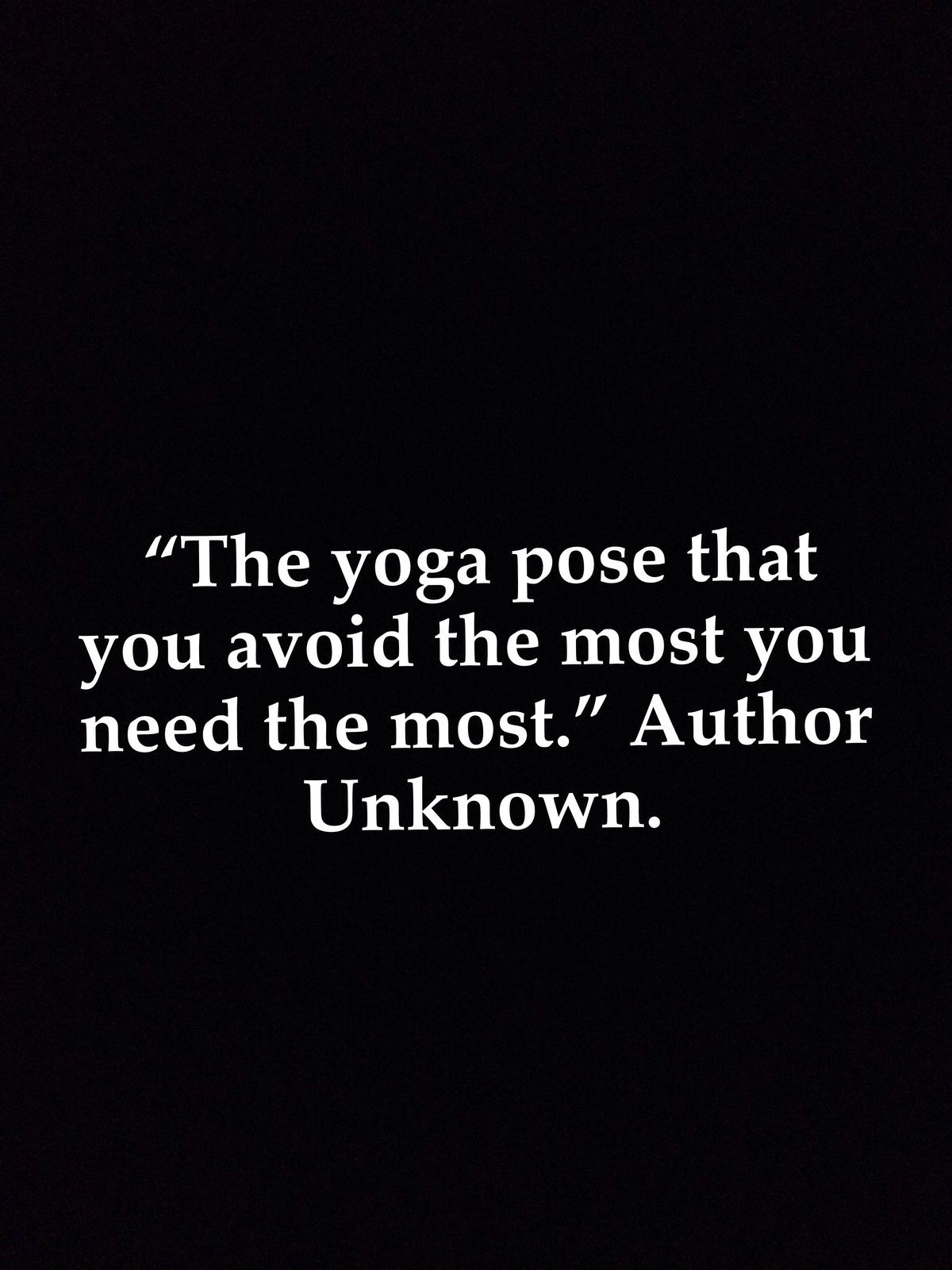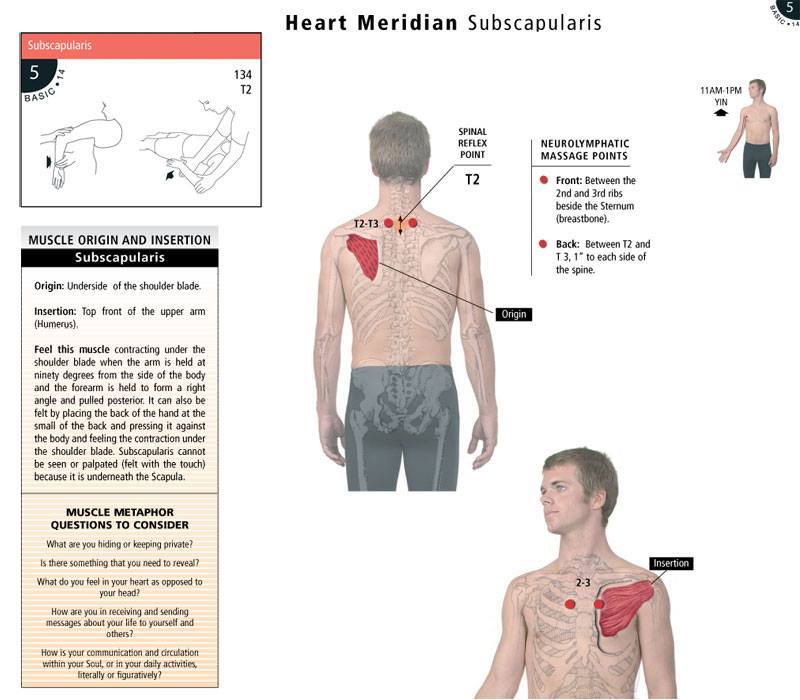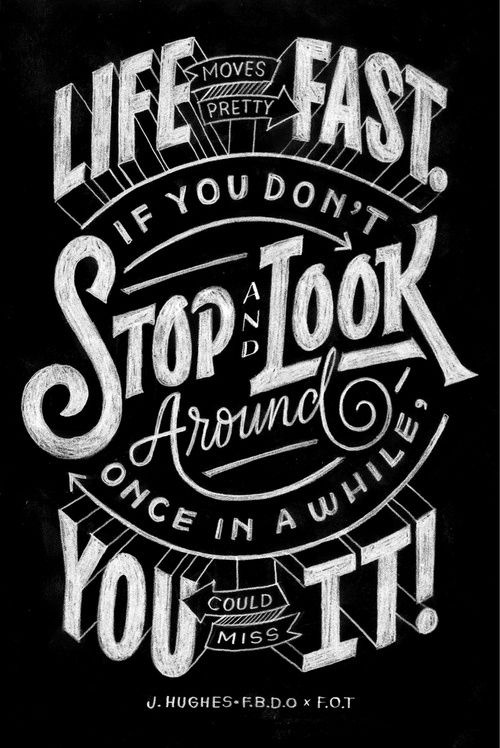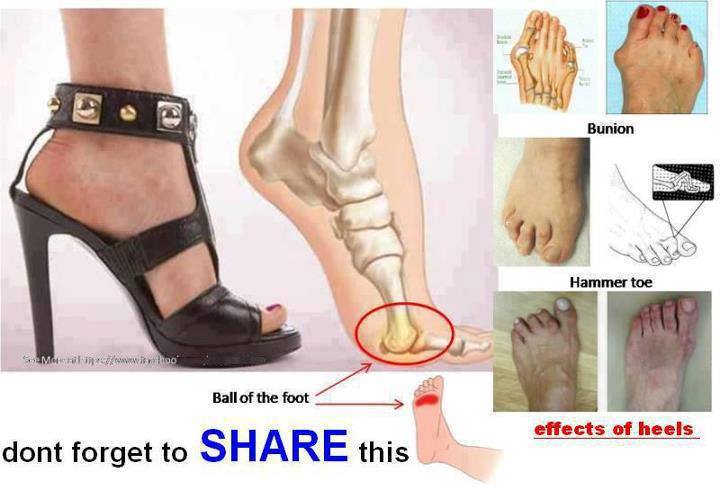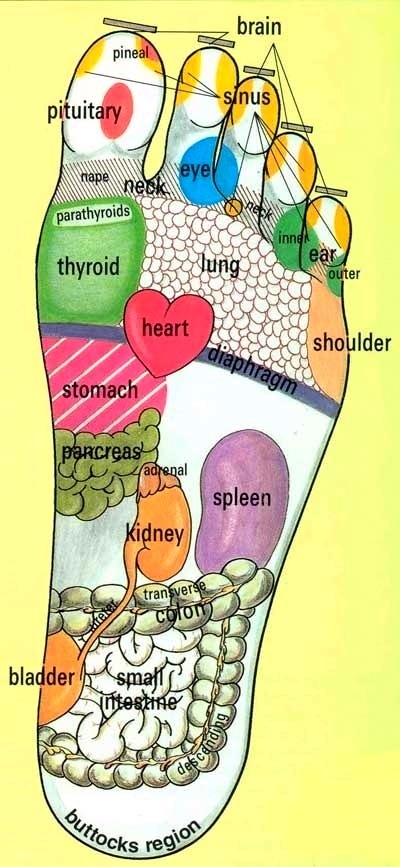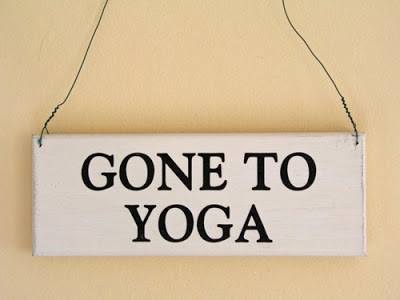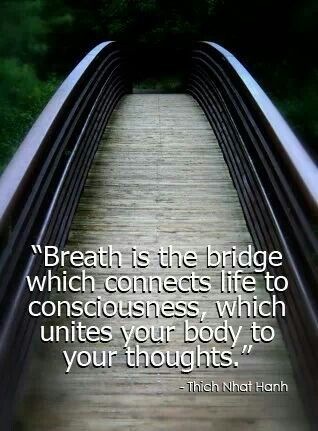
Why Using a Wall is a Useful Yoga Prop
As a yoga therapist, I have never seen anyone not benefit from the use of a strategically placed yoga prop. Apart from a sticky and reliable yoga mat, the wall itself is a fantastic yoga prop and one of your best teachers for a few reasons:
-it does not lie; when you press into it you feel direct postural feedback of where you are in time and space
-it helps you maintain balance which can deliver you into more self-confidence, and strength
-it helps you maintain alignment and so conserve energy and keeps you safer (because there are healthy ways to stretch and ways that create injury)
-you can stack things against it like yoga blocks, bolsters, yoga chair
-it reminds us to ground, lengthen, align the spine and helps deepen awareness
Sounds pretty great right? right now, while I get to know the ropes here in Jersey City, I am available for private yoga classes
The belief that using props is cheating or makes things ‘easy’ is ridiculous. Believe me.
Try this variation of a lunge: Come into downward facing dog with your heels up the baseboard of the wall. Step your right foot forward between your hands (you can use blocks). Keep pressing the back heel into the wall, draw your top thighs into the body so your hips are steady, as you lengthen through the spine. 60-90 seconds each side, steady breathing steady alignment
Join me for restorative yoga whether in private or in Jersey City to explore some calming options
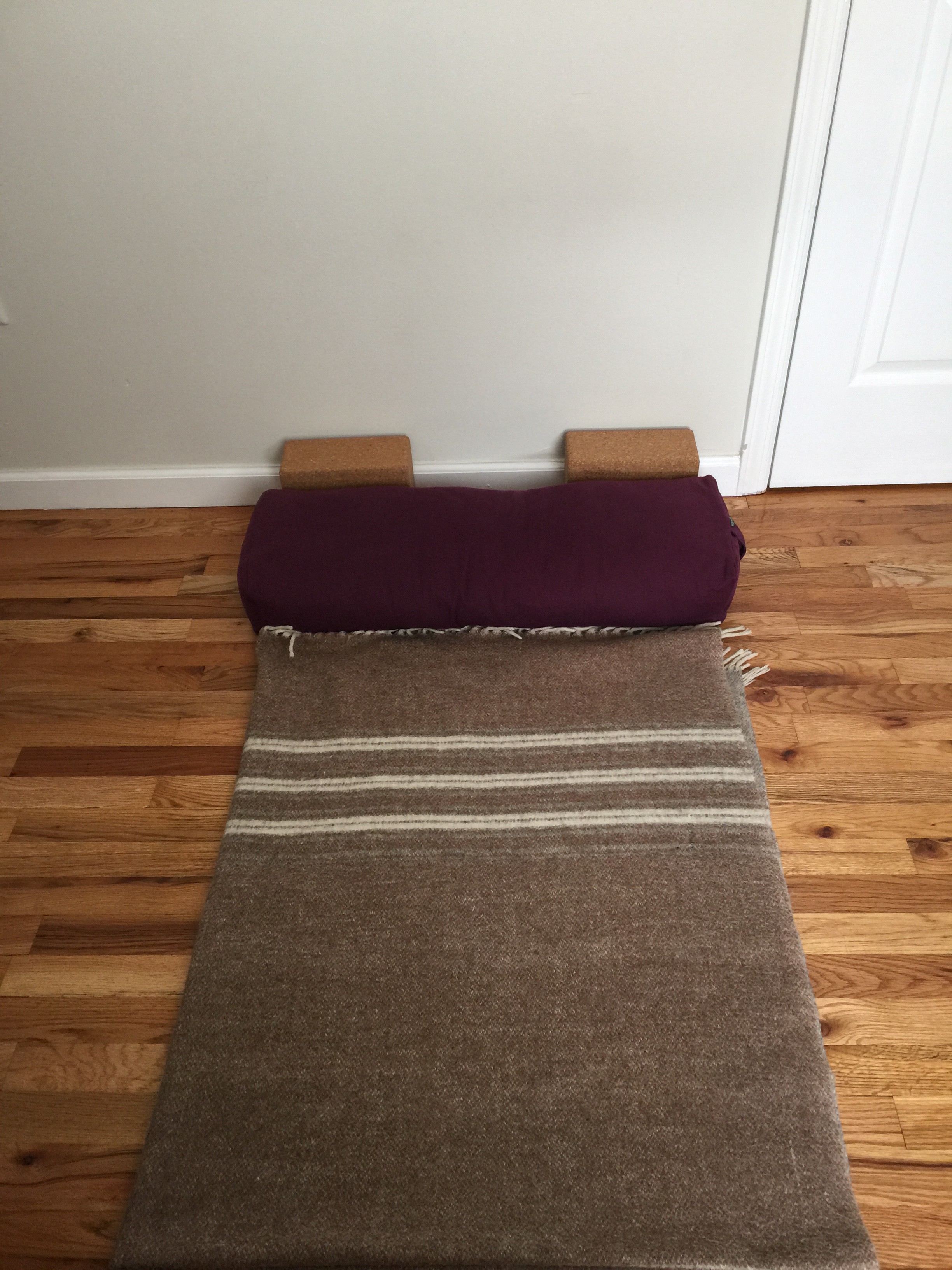
wall as yoga prop



